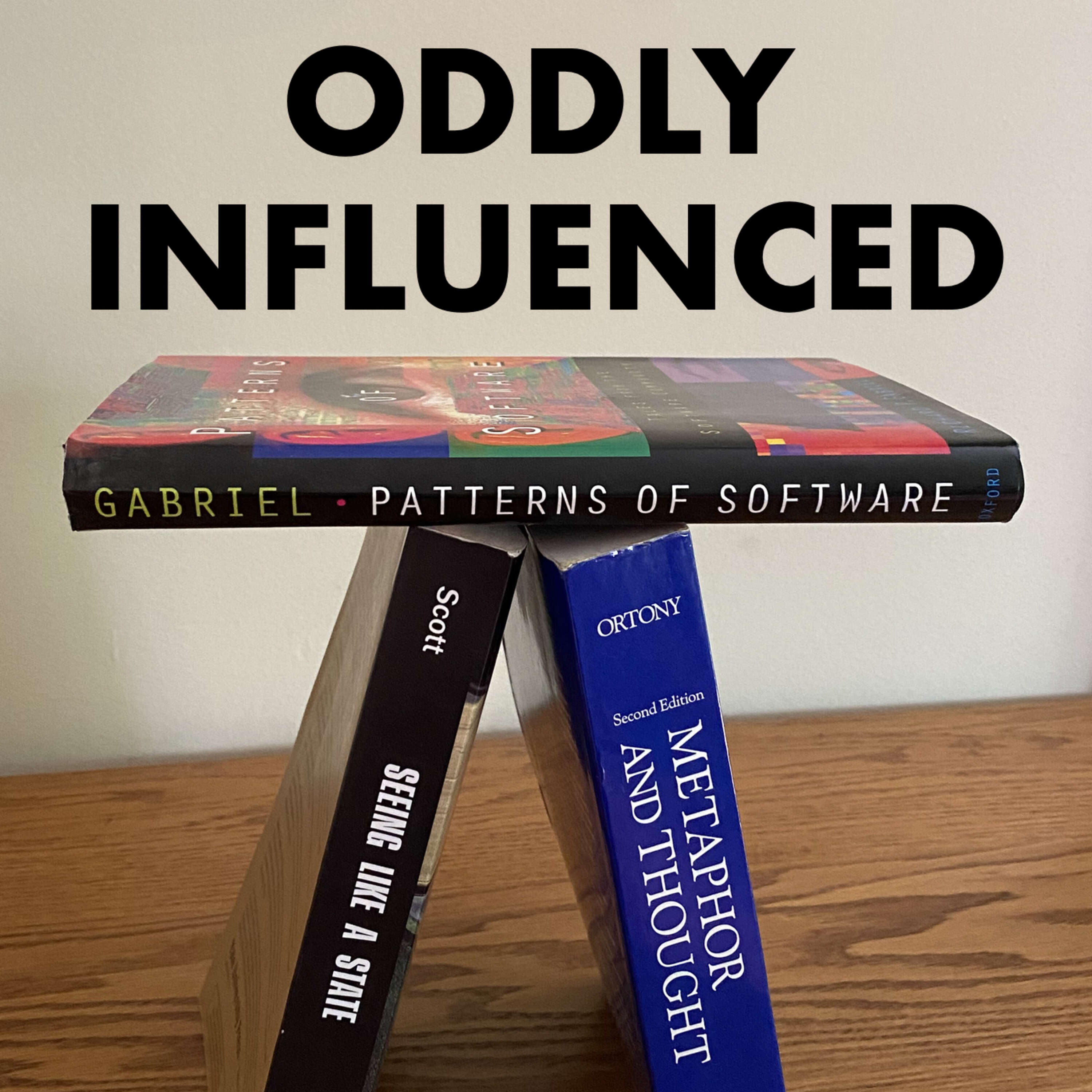BONUS: One circle-style history of Context-Driven Testing
I was a core member of what Farrell would call a collaborative circle: the four people who codified Context-Driven Testing. That makes me think I can supplement Farrell's account with what it feels like to be inside a circle. I try to be "actionable", not just some guy writing a memoir.My topics are: what the context-driven circle was reacting against; the nature of the reaction and the resulting shared vision; how geographically-distributed circles work (including the first-wave feminist Ultras and the Freud/Fleiss collaboration); two meeting formats you may want to copy; why I value shared techniques over shared vision; how circles develop a shared tone and stereotyped reactions, not just a shared vision; and, the nature of “going public” with the vision. Mentioned Michael P. Farrell, Collaborative Circles: Friendship Dynamics and Creative Work, 2001. Cem Kaner, Jack Falk, and Hung Quoc Nguyen, Testing Computer Software, 1993. Édouard Manet, Le Déjeuner sur l'herbe (The Luncheon on the Grass), 1863. context-driven-testing.com (including the principles of context-driven testing), 2001? Cem Kaner, James Bach, Bret Pettichord, Lessons Learned in Software Testing: a Context-Driven Approach, 2002. Association for Software Testing. Elisabeth Hendrickson, Explore It! Reduce Risk and Increase Confidence with Exploratory Testing, 2012. Jonathan Bach, "Session-Based Test Management", 2000. Patrick O'Brian, Post Captain, 1972. (It's the second in a series that begins with Master and Commander.) Four articles that demonstrate personal style: James Bach, “Enough About Process, What We Need Are Heroes”, IEEE Software, March 1995. Brian Marick, "New Models for Test Development", 1999. Bret Pettichord, "Testers and Developers Think Differently", 2000. James Bach, "Explaining Testing to THEM", 2001. Los Altos Workshop on Software Testing and related: Cem Kaner, "Improving the Maintainability of Automated Test Suites", 1997. (This contains the conclusions of LAWST 1 as an appendix.) The LAWST Handbook (1999) and LAWST Format (1997?) describe the meeting format. The "Pattern Writers' Workshop" style is most fully explained in Richard P. Gabriel, Writers' Workshops & the Work of Making Things: Patterns, Poetry... (2002). James Coplien,

